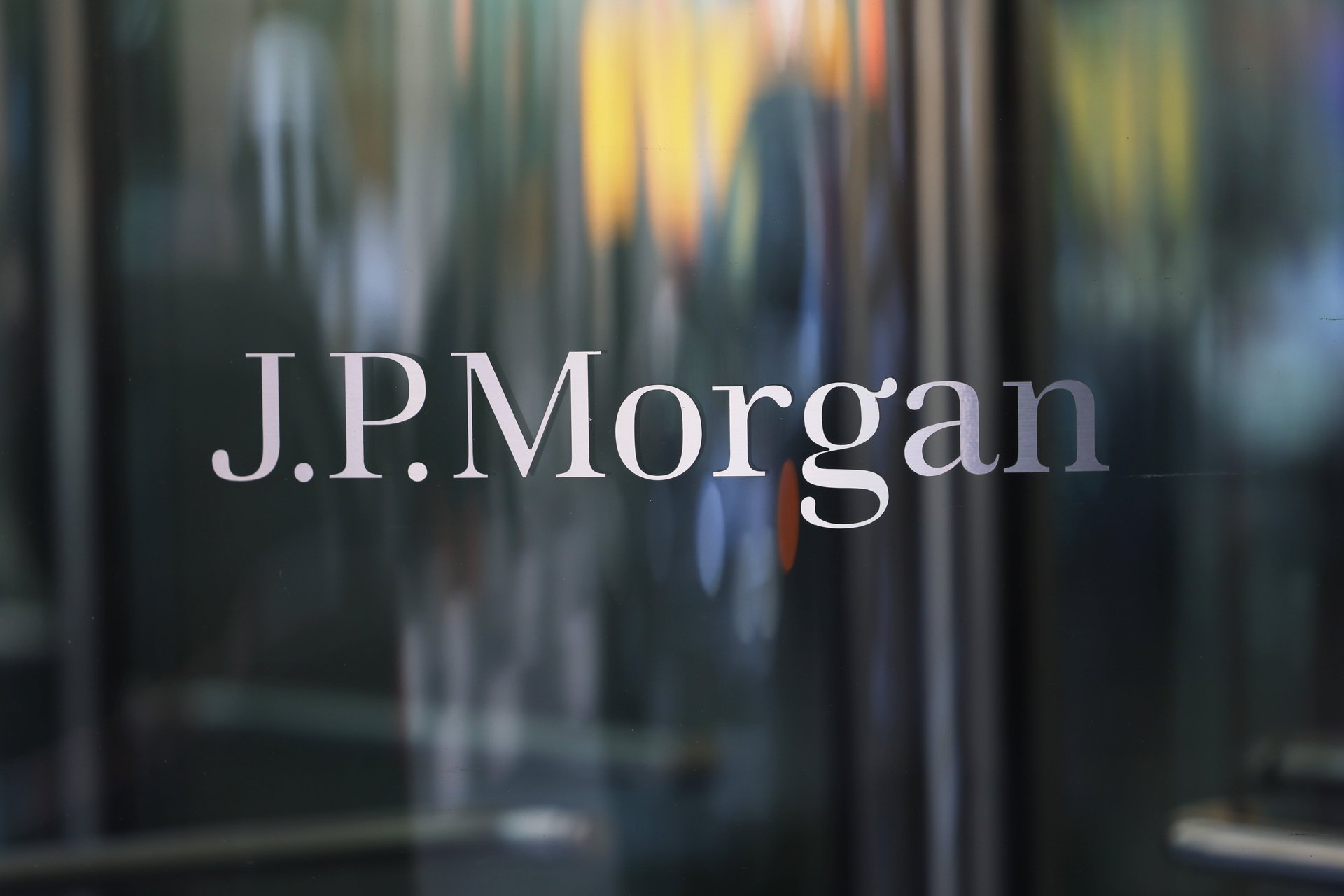JPMorgan's profits are soaring — but Jamie Dimon is still worried about inflation and interest rates
The bank saw net income rise 25% in the second quarter

JPMorgan Chase reported another strong quarter, but chief executive Jamie Dimon reiterated his warnings about a number of risks the bank is staying vigilant of.
Suggested Reading
The largest U.S. bank by assets brought in a net income of $18.1 billion, or $6.12 per share, a 25% increase from $14.5 billion in the same period last year, the bank said in its second-quarter earnings report Friday. Wall Street analysts projected $17.3 billion in profit, or $5.88 earnings per share, according to FactSet.
Related Content
It reported $50.2 billion in revenue in the three months ended June 30, cruising past the $42.23 billion expected by analysts, according to data compiled by FactSet.
The global bank outperformed in several areas, giving it a substantial boost. Investment banking fees rose 50%, and its market share climbed to 9.5%. It also saw a $7.9 billion gain from new Visa shares.
Despite the strong performance, CEO Dimon once again echoed warnings about geopolitical and macroeconomic challenges.
“While market valuations and credit spreads seem to reflect a rather benign economic outlook, we continue to be vigilant about potential tail risks,” he said in a statement. “These tail risks are the same ones that we have mentioned before. The geopolitical situation remains complex and potentially the most dangerous since World War II — though its outcome and effect on the global economy remain unknown.”
“Next, there has been some progress bringing inflation down, but there are still multiple inflationary forces in front of us: large fiscal deficits, infrastructure needs, restructuring of trade and remilitarization of the world,” he continued. “Therefore, inflation and interest rates may stay higher than the market expects. And finally, we still do not know the full effects of quantitative tightening on this scale.”
Shares of JPMorgan fell 1% in pre-market trading on Friday, likely because its net interest income fell short of analyst expectations and its provision for loan losses climbed.
There has been little concern about the banking giant’s ability to weather higher-for-longer interest rates, which look like they will remain at their current 5.25-5.5% range for at least a few more months as the central bank waits to carry out what will likely be its singular cut for the year. JPMorgan reported a net interest income of $22.9 billion, a 4% yearly increase.
With a reported $3.7 trillion assets under management as of June 30, a 15% year-over-year increase, the bank has continued to widen the gap between itself and other U.S. banking giants. It had its best year ever last year, with $49.6 billion in profits including a $4.1 billion windfall from its acquisition of failed First Republic Bank in May 2023.
This is the first quarter that JPMorgan is reporting its full results without separating First Republic’s contributions to its balance sheet, as its results are now comparable from a year prior.
Late last month, JPMorgan announced plans to raise its quarterly common stock dividend to $1.25 per share, up from $1.15 per share, for the third quarter of 2024. The board of directors also authorized a new common share repurchase program of $30 billion that began on July 1. Dimon said the increase is supported by JPMorgan’s “strong financial performance and represents a sustainable level of dividends.”
The bank said it had a capital ratio of 15.3%, cushioning itself with excess capital given potential new capital requirements that could come into effect biy mid-2025. Following the results of the Federal Reserve’s yearly bank stress test, JPMorgan said it could face higher losses than what the central bank disclosed. As a result, the capital ratio requirement on banks “would likely be modestly higher” at 12.3% up from its current 11.9% level.